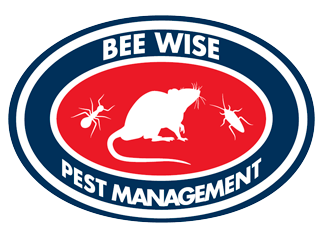Termites, silent invaders that can wreak havoc on your home, often operate behind the scenes. In this guide, we’ll unveil the signs of termite activity and empower you to protect your property. Learn how to detect these stealthy pests before they cause irreparable damage.
1. Mud Tubes and Shelter Tubes
One telltale sign of termite presence is the construction of mud tubes. These pencil-sized tunnels on walls or foundations serve as their passageways. Inspect the exterior and interior of your home for these distinctive structures.
2. Hollow-Sounding Wood
Tap on wooden surfaces in your home. If the sound is hollow, it could indicate termite damage. Termites feed on the cellulose in wood, leaving it weakened and hollow.
3. Discarded Wings
Flying termites, also known as swarmers, shed their wings after finding a mate. If you find discarded wings near windowsills or other entry points, it may suggest the presence of a termite colony.
4. Frass or Termite Droppings
Termite droppings, also known as frass, resemble tiny wood-colored pellets. Finding these near wooden structures or on windowsills may indicate an infestation.
5. Visible Termite Workers or Soldiers
In some cases, you might actually spot termites. Worker termites are small, cream-colored insects, while soldier termites have larger, darker heads. If you see them, it’s a clear sign of an active colony.
6. Swollen or Warped Wood
Moisture-rich environments attract termites. Inspect wooden structures for signs of swelling or warping, which may indicate termite activity.
Early detection of termite activity is crucial for effective pest control. By keeping a vigilant eye on these signs, you can safeguard your home and address any termite issues promptly. If in doubt, consult with a professional pest control service to ensure comprehensive termite identification and eradication.
Remember, a proactive approach is key to preserving the structural integrity of your home and preventing costly damage caused by these stealthy invaders.







